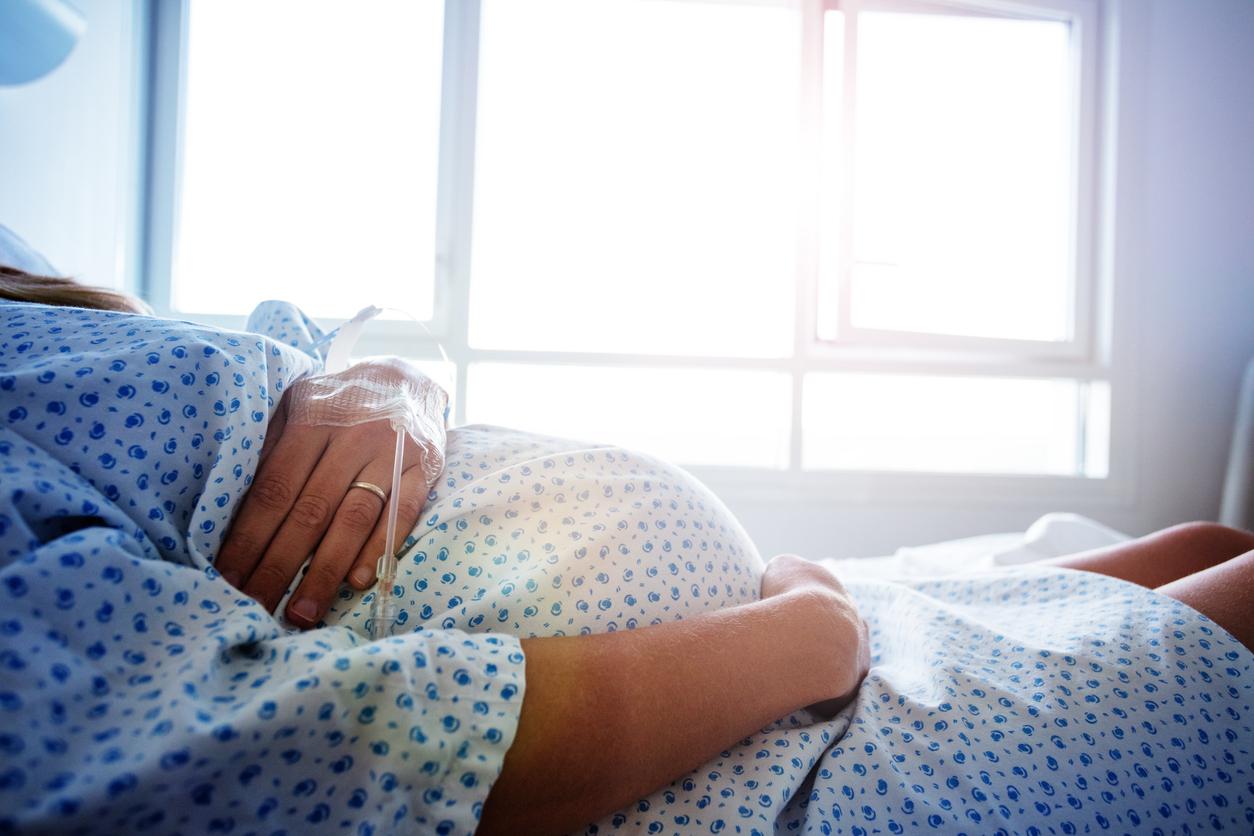Changes to US death certificates during and after the height of the COVID-19 pandemic altered data on maternal morbidity, a fact that didn't obscure a clear increase during COVID-19, according to new research yesterday in JAMA Pediatrics.
From 2000 to 2023, states added a "pregnancy checkbox" on death certificates to mark if a deceased person was pregnant at the time of death. Not all states implemented the changes to death certificates at the same time, but the addition of the checkbox affected reported maternal death rates.
In the study, researchers analyzed death certificates during the 24-year study period for mothers aged 15 to 44 years for all definitions of maternal mortality.
Checkbox tied to 66% increase in rates
Overall, despite a reported spike in maternal mortality in 2020 and 2021, the authors found that the introduction of the checkboxes inadvertently inflated maternal mortality data, and maternal mortality has been largely stable in the United States from 2000 through 2023.
The authors found that the introduction of the pregnancy checkbox was associated with an increase of 6.78 deaths (95% confidence interval [CI], 1.47 to 12.09) per 100,000 live births in reported maternal mortality, as well as 66% (95% CI, 14% to 117%) of the total increase from 2000 to 2019.
Maternal death rates peaked in 2021 as COVID-19 climbed, reaching 18.86 per 100,000 (95% CI, 17.48 to 20.32). But adjusted maternal death rates remained consistently from 6.75 (95% CI, 5.97 to 7.61) to 10.24 (95% CI, 9.22 to 11.34) per 100,000 live births from 2000 to 2021. Rates dropped in 2022 to 10.23 (95% CI, 9.22 to 11.32).
"At the height of the COVID-19 pandemic, pregnant women died at significantly higher rates than they did before the pandemic," said Seth Flaxman, PhD, senior study author from the University of Oxford in a press release from the university. "But when we took a careful look at the two decades before the pandemic, we found remarkably little change: in 2019 and 2023, pregnant women died at roughly the same rates as they did a generation earlier."
Racial differences persist
There were significant racial and ethnicity differences seen in the study. Overall, non-Hispanic Black women had approximately triple the death rate of non-Hispanic White women across the 23-year study period.
Notably, from 2020 to 2022 the death rates of Native American or Alaska Native women increased the most, almost tripling from 2011 to 2019 (10.70 per 100 ,000 live births; 95% CI, 7.64 to 14.57) to 2020 to 2022 (27.47 per 100 ,000 live births; 95% CI, 18.39 to 39.45), the authors said.
Amidst declining funding for public health surveillance in the US, our results underscore the importance of investing in systems that systematically collect and rigorously analyse maternal and infant health data to inform policy.
"Amidst declining funding for public health surveillance in the US, our results underscore the importance of investing in systems that systematically collect and rigorously analyse maternal and infant health data to inform policy," said co-author Alyssa Bilinski, PhD, in the press release.
"They also suggest additional questions, particularly how best to reduce significant racial disparities in poor outcomes and how to best understand the comparability of US metrics to peer countries."




















